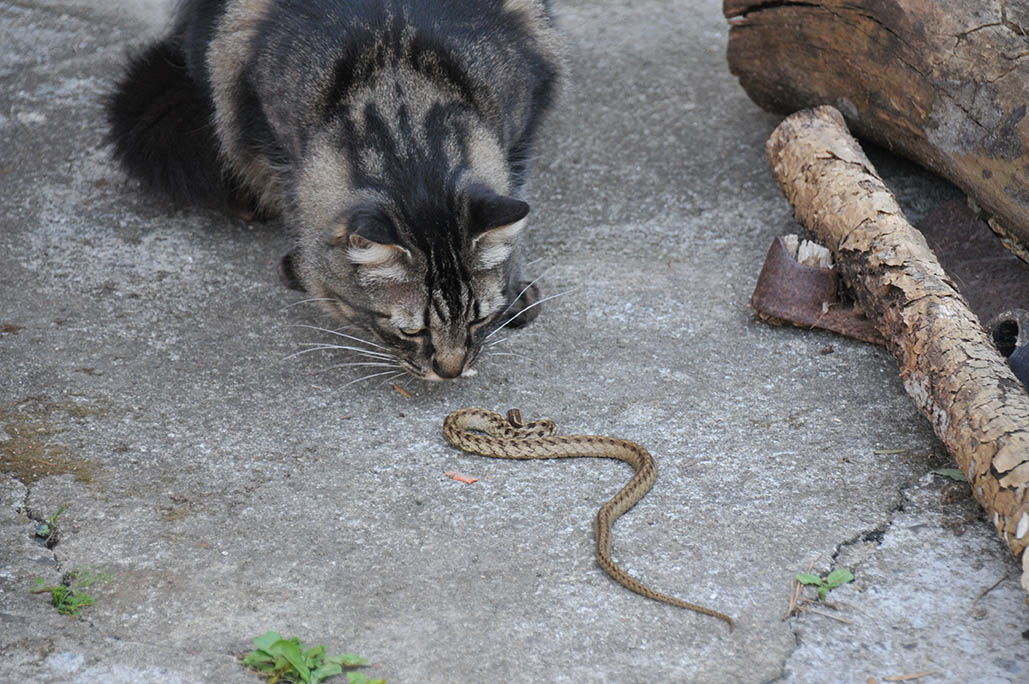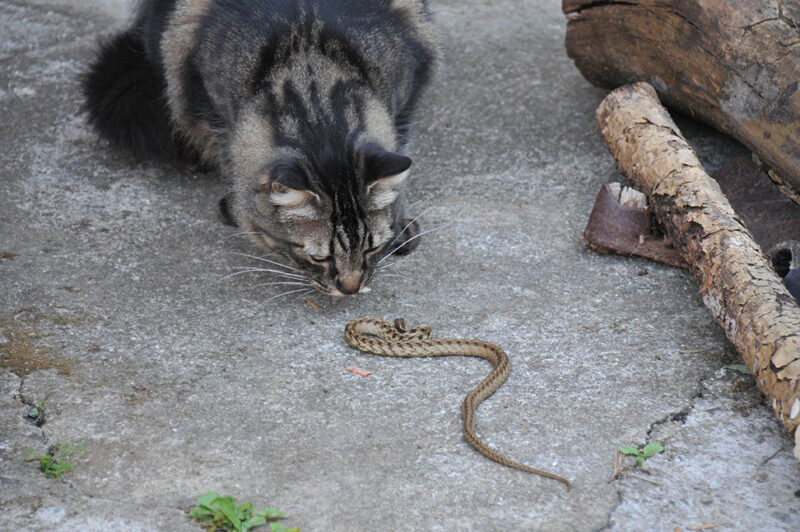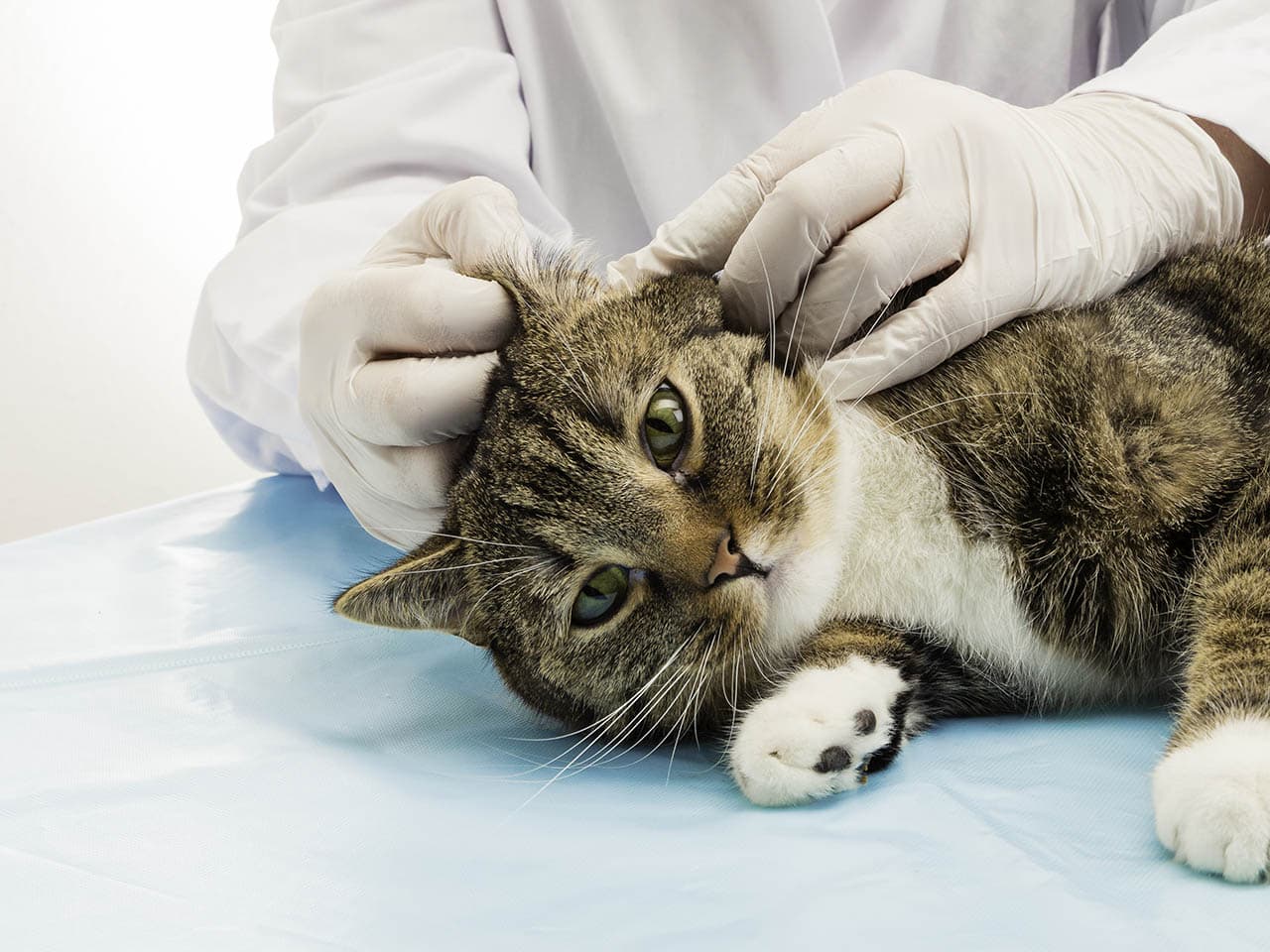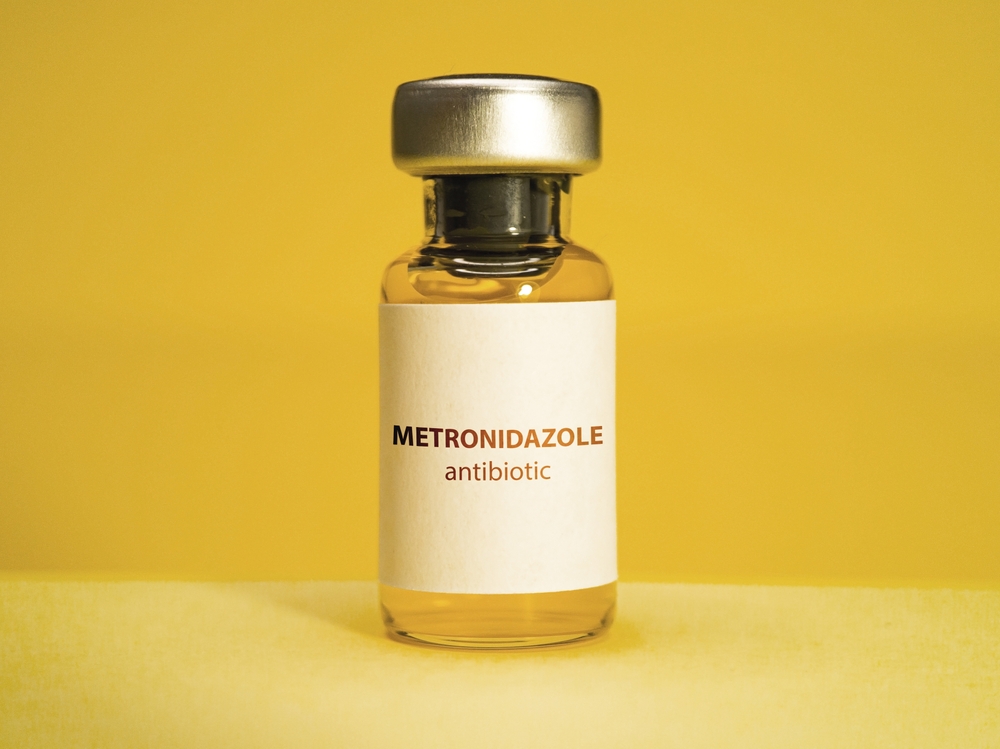Click to Skip Ahead
Luckily for our feline friends, snake bites in cats are relatively rare compared to their canine counterparts. Cats tend to be savvier than your average bouncy puppy! However, when it does happen, a snake bite in a cat is a true emergency. So, especially if you live in an area inhabited by snakes, it is vital to know the signs to watch for and what to do next.

Venomous Snakes in the USA
There are around 21 species of venomous snakes found in the United States. Most venomous snake bites in the US are from Pit Vipers, which includes Rattlesnakes, Cottonmouths, and Copperhead snakes.
The other species to watch out for are Coral snakes, but they are generally only found in the Southern edge of the USA. Pit Vipers can be identified by their diamond-shaped head, oval-shaped pupils, and a pit between their eyes and nose. They are more active in the warmer months.
Are Snake Bites Dangerous to Cats?
This depends on the snake. Nonvenomous snakes can cause nasty and painful bruising but rarely cause serious problems. Venomous snake bites, on the other hand, are a true emergency and can be fatal. Coral snakes release a neurotoxin that paralyzes the breathing system. When Pit Vipers bite, releasing venom is a voluntary action, meaning that they can control it.
This means that some bites from venomous snakes are ‘dry bites’. Dry bites don’t contain any, or minimal, venom. It is impossible to tell by looking, so it is safest always to assume that a bite contains venom and treat it as an emergency.
What are the Symptoms of a Snakebite in a Cat?
As we all know, our feline friends like to explore, and we aren’t often able to see what they get up to! So, you may not see your cat being bitten by a snake. This means that it is essential to know what the signs of a snake bite are. How do you tell if a snake has bitten your cat? Here are the signs to watch for.

Non-venomous snake bite symptoms include bruising and swelling in a localized area. Your cat may be lame if the bite is on a limb. Keep in mind that you may not always see distinct fang marks, as the swelling may hide them.
Venomous snake bite symptoms in a cat come on quickly, usually within an hour of being bitten. However, Coral snakebites can take up to 18 hours to show signs. Snake bites are most common on a cat’s head, neck, or legs. The signs will vary, depending on the type of snake and how much venom was injected.
- Painful swelling and/or bruising around the bite, which tends to worsen and spread quickly
- Bleeding, or bloody discharge, from the bite
- Fang marks
- Limping (if bitten on a leg)
- Signs of pain/distress, such as being agitated
- Tiredness (lethargy)
- Drooling
- Sickness and/or diarrhea
- Fast, shallow breathing
- Wobbly gait
- Paralysis
- Seizures
- Uncontrolled bleeding
- Although not visible symptoms, snake bites can result in damage to the heart, kidneys, and liver
If your cat shows any of these signs, or you have seen them being bitten by a snake, contact your veterinarian as an emergency.
What Should I Do If My Cat is Bitten by a Snake?
If you know or suspect your cat has been bitten by a snake, you should treat it as an emergency. Do not try to handle or harm the snake. If possible, take a photo of the snake, but do not risk getting too close or go looking for it.
Leave the wound alone! There is much-outdated advice and many myths available online about first aid treatment for a snake bite. You should not: attempt to suck out the venom or open the wound; apply a tourniquet, apply ice or hot packs; nor use electric shock.
They have been proven ineffective (some are even dangerous), and attempting them will delay getting your cat to a veterinarian. The most important actions are
- Keep your cat as calm and still as possible since it may reduce the spread of venom. Get them into their pet carrier as soon as possible.
- Call your veterinarian to tell them that you are on your way. If possible, let them know:
- a description or photo of the snake
- when the bite occurred or could have occurred
- any signs you have noticed.
What is the Treatment for a Snake Bite in a Cat?
The treatment will depend on the snake, the location of the bite, and if the bite was venomous. Luckily, antivenom is available in most cases. When appropriate, your veterinarian will give it as soon as possible. Regardless of whether antivenom is given, your veterinarian will advise admitting your cat to the hospital for observation for a minimum of 8 hours, often 24-48 hours.
This is to monitor for symptoms progression and any allergic reaction to the antivenom if given. Thankfully, allergic reactions are rare. Your veterinarian will administer a strong pain reliever. They may shave and flush the wound. The treatment may include blood samples for internal damage, a fluid drip, and antihistamine or steroid medication.
In more severe cases of uncontrolled bleeding, blood transfusions may be needed. If your cat has a seizure, your veterinarian will give drugs to try to stop it. Rarely, in extreme cases, your cat may need to be intubated to help them breathe.
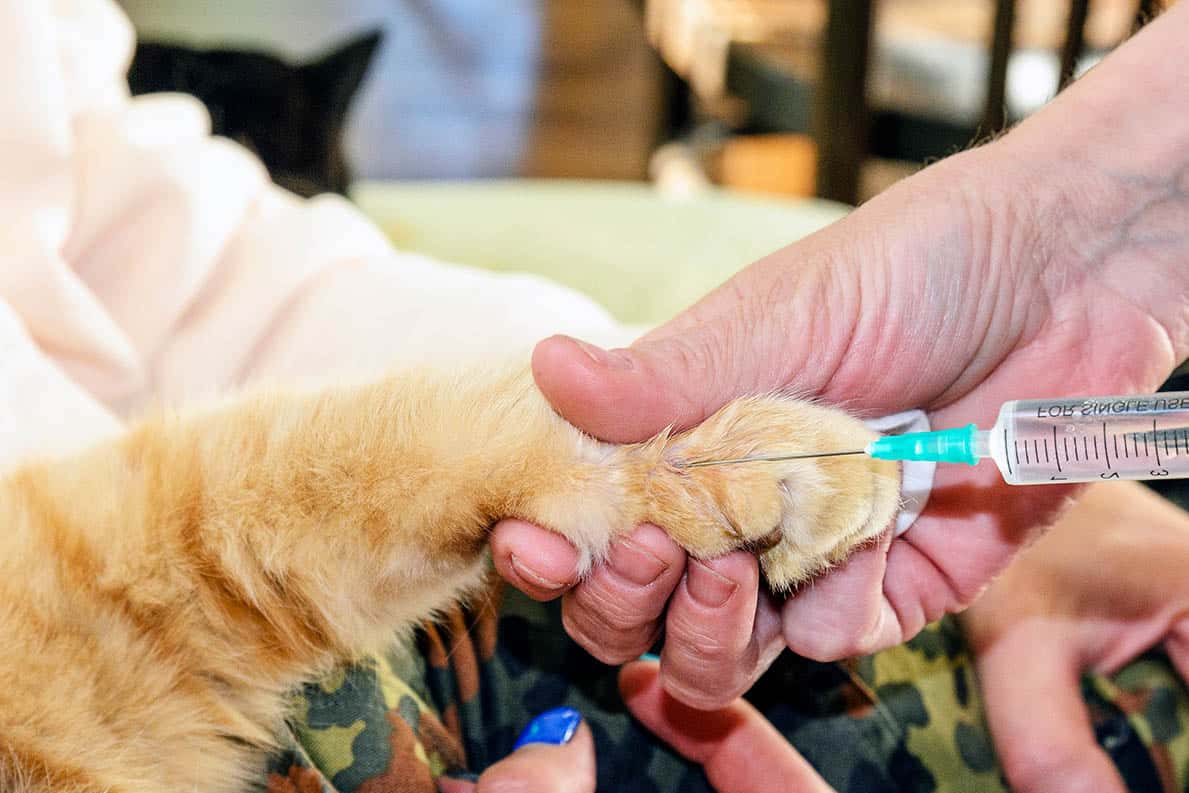
My Cat was Bitten by a Snake; Will They be OK?
If a non-venomous snake bit your cat, then most likely yes. Possible complications include infection of the wound, but serious complications are rare. For venomous bites, when treatment with antivenom is given promptly (within 1-4 hours), chances of survival are good. So, prompt treatment is critical here.
The outcome of a snake bite in your cat will depend on several factors: the type of snake, the location of the bite, the number of bites, the weight of your cat, how quickly treatment was started, and the underlying health of your cat. Bites to the chest or tummy area tend to have poorer outcomes.
Unfortunately, snake bites can be fatal. With Coral snakes, if a cat survives, they should make a full recovery. In contrast, Pit Viper snake bites can cause more long-lasting damage, such as tissue death around the wound, which may need extensive surgery.
How Can I Prevent Snake Bites in My Cat?
Snake bites in cats are much harder to prevent than in dogs since you have much less control over where they roam! If you live in an area heavily populated with snakes, you might want to consider keeping your cat indoors during the snakes’ peak activity months (usually summer).
For example, rattlesnakes are nocturnal, so keeping your cat in at night can help to reduce the risk. It may help to keep your garden clear of areas a snake may like to hide in, such as piles of wood, leaves, or rocks. Fortunately, cats can survive a rattlesnake bite if anti-venom is administered as soon as possible after the bite.

Final Thoughts
Snake bites in cats are an emergency, and you should seek veterinary attention immediately. If your cat shows any symptoms of a bite, contact your veterinary clinic for advice. Quick treatment increases your cat’s chances of making a recovery. So, as scary as it will seem, stay calm and call your veterinarian!
Featured Image Credit: Pedro Hamilton Oliveira, Shutterstock

